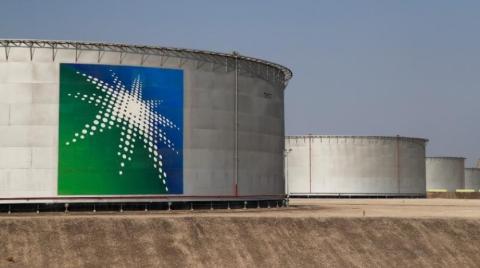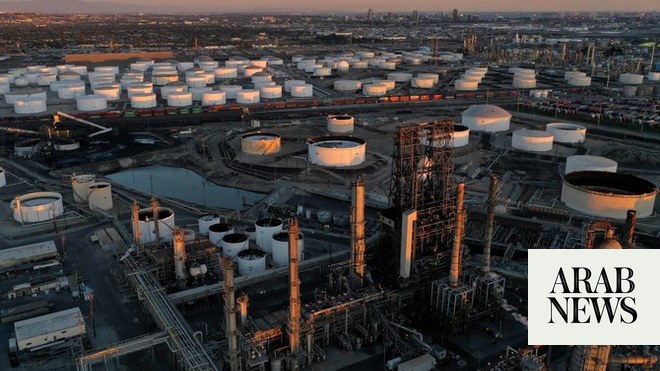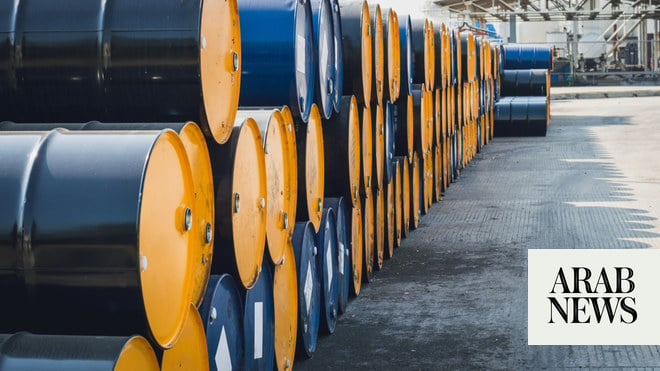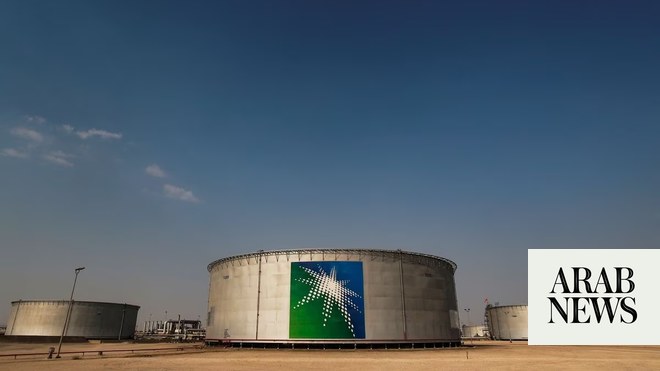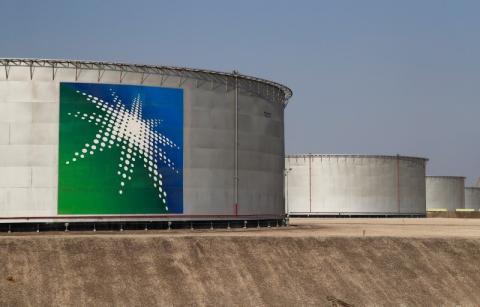
Saudi Arabia, the world's top oil exporter, raised prices for its flagship crude for Asian buyers for the first time in six months amid an expectation of oil demand recovery, especially from China, according to Reuters.
Informed sources reported Monday that the official selling price (OSP) of Arab Light crude, March loading to Asia, rose 20 cents per barrel from February to $2 per barrel over the average of Oman and Dubai oil, contrary to previous market forecast to drop 30 cents.
"The OSP is quite unexpected. I think it indicates that Saudi is bullish on oil demand," a Singapore-based oil trader told Reuters.
The Executive Director of the International Energy Agency, Fatih Birol, expected that about half of the global oil demand growth, this year will come from China.
Analysts and traders have forecast China's oil demand to rebound from March alongside its economic recovery and the conclusion of a peak in COVID-19 infections in the country.
The OSP for Arab Extra Light was reduced by $1.30 to $2.25 a barrel over Oman/Dubai quotes, and for Arab Medium and Arab Heavy, they were both increased by 50 cents to $1.60 a barrel and minus $1.75 a barrel, respectively.
Oil prices rose on Monday, buoyed by supply concerns, but remained near three-week lows on fears that slower growth in major economies could curb demand.
Brent crude futures for April delivery fell 55 cents, or 0.07 percent, to $79.39 a barrel. West Texas Intermediate (WTI) crude futures lost 79 cents, or 1.1 percent, to record $72.60 a barrel.
The strong US jobs data raised concerns that the US Federal Reserve would keep raising interest rates, which could hurt economic growth and lead to a decline in fuel demand.
The dollar rose to its highest level in three weeks against the euro.
Meanwhile, JPMorgan said that Russian oil refining production could decline by about 300,000 barrels per day due to new sanctions on oil flows before recovery to pre-war levels by mid-2023.
Head of Asia energy and chemicals research at JPMorgan Chase Parsley Ong told Bloomberg TV that productivity might decline if Russia faces difficulties changing the path of 500,000 barrels of diesel per day through the last and first quarters.
Over time, there will be enough production ships to carry most of Russia's oil.
China's oil demand will grow in 2023 to 800,000 barrels per day annually, representing about half of the bank's forecast for global demand growth.
Ong recalled former predictions that the oil barrel will reach $90 in 2023, expecting most of the price increases to occur in the year's second half.





